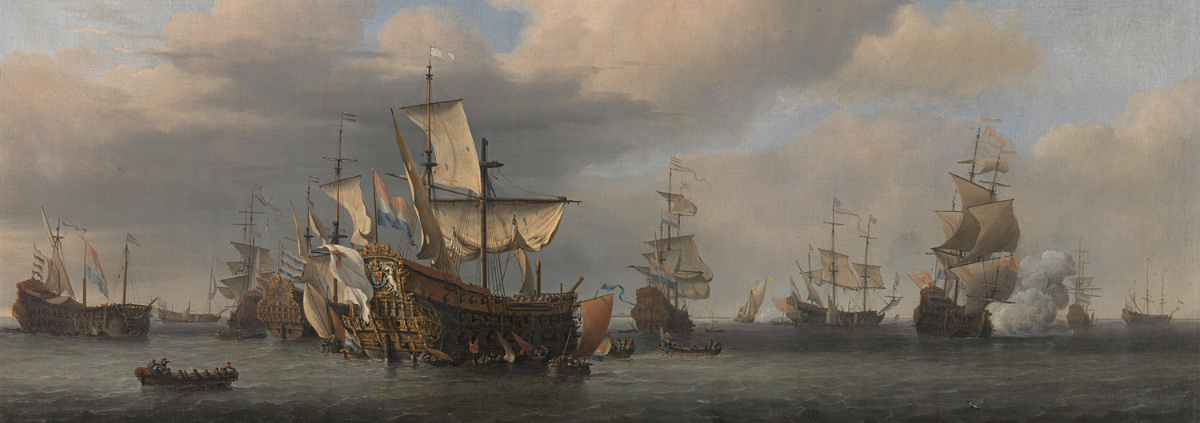Art as an Asset: Understanding the Financial Benefits of Investing
In the world of finance, many assets come to mind: stocks, shares, property etc. However, one asset often overlooked, but which has a long and illustrious history, is fine art. As a fine art dealer, my goal is not only to provide clients and potential clients with exquisite pieces but also to help them understand the financial benefits of investing in fine art. Whether you choose to buy original art in person or explore fine art for sale online, the potential for art to appreciate in value over time is certainly worth exploring.
Fine Art for Sale: A Wise Investment
Investing in art is not just for the elite; it is a financial avenue accessible to those with a passion for art and a willingness to understand the market. The first and most crucial step in this journey is to appreciate that fine art is not just about aesthetics; it’s a tangible asset with the potential for substantial financial growth.
When clients approach my gallery looking for art to buy, I emphasise that they should consider original fine art. These unique pieces hold inherent value and have a long track record of increasing in worth over the years. Whether you are interested in paintings, sculptures, or other forms of artistic expression, fine art has the potential to be a sound investment.
The Convenience of Buying Fine Art Online
In today’s digital age, the world of art has evolved. Thanks to the internet, fine art for sale is now just a click away. Many galleries and artists offer original fine art for sale online, allowing collectors to diversify their portfolios and invest in pieces they genuinely appreciate.
Online platforms also offer a broader selection, making it easier to explore and compare various artworks. For those looking to buy fine art online, you’ll find countless options at your fingertips, from European art to modern British art, impressionist art and more.
The Financial Benefits of Investing in Fine Art
Art as an asset class offers numerous financial benefits, including the following:
Portfolio Diversification
Fine art can provide diversification to traditional investment portfolios, reducing risk and increasing potential returns.
Tangible Value
Unlike stocks or shares, fine art is a tangible asset. You can appreciate its beauty while knowing it holds intrinsic value.
Potential for Appreciation
Over time, fine art often appreciates in value, offering the potential for significant financial gain.
Enjoyment and Prestige
Owning fine art not only adds prestige to your collection, but also brings joy through visual and emotional appreciation.
Art as an Investment
In the world of art, I’ve seen first-hand the transformative power of investing in fine art. The joy it brings and the potential for financial growth make it an attractive option for collectors. Whether you are interested in European art, modern British art, impressionist art, or another genre, the art market offers numerous opportunities. And, with the convenience of fine art for sale online, exploring and investing in art has never been easier. Remember that when you buy original fine art, you are not just acquiring a beautiful piece; you are making a wise financial investment in an asset that can stand the test of time.
If you’d like to find out more about making art a valuable asset in your financial portfolio, we can help. Contact Victoria Fine Art or set up an appointment today by calling +44 (0)1727 861669 or emailing info@victoria-fine-art.com for more information.


